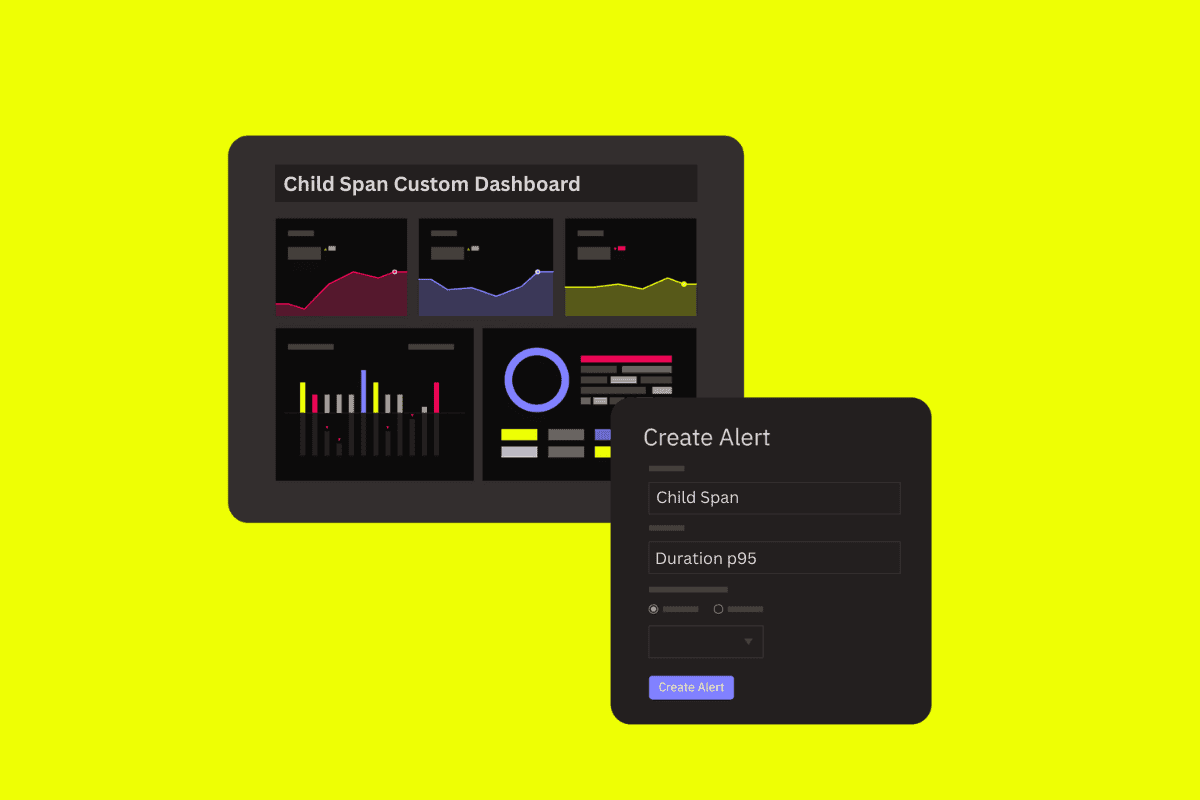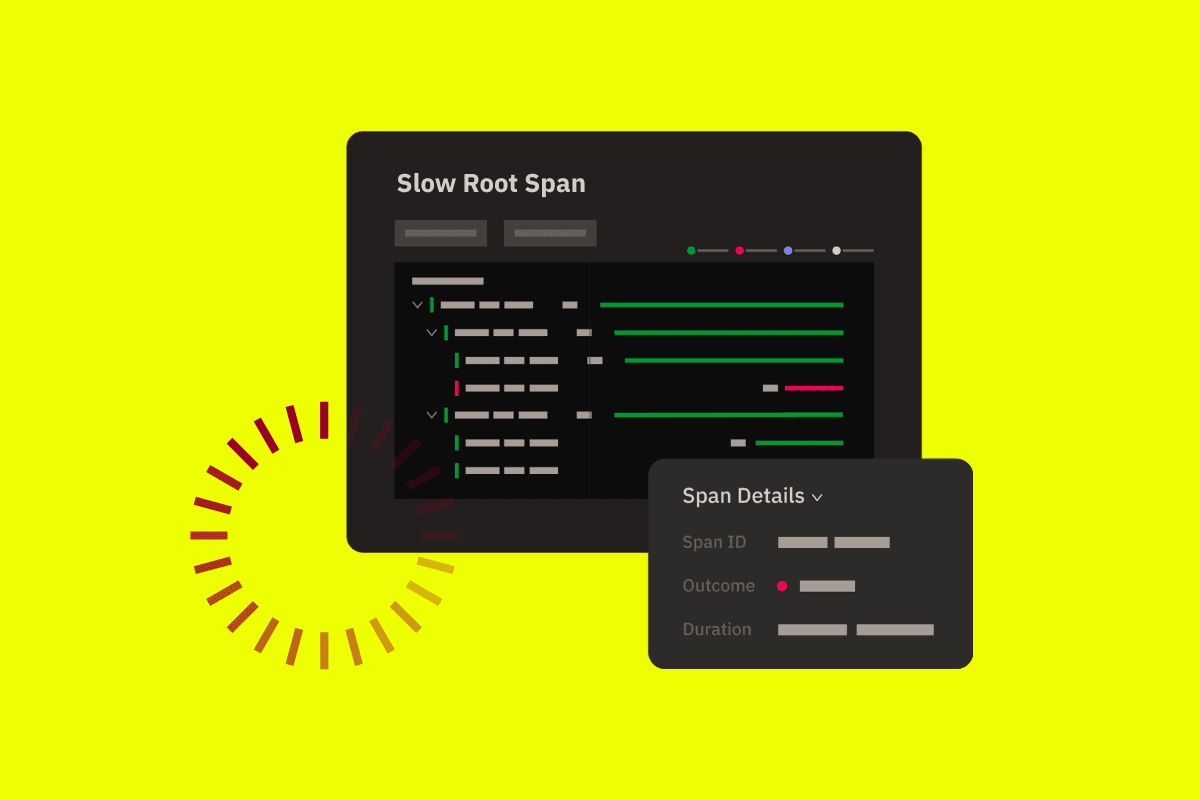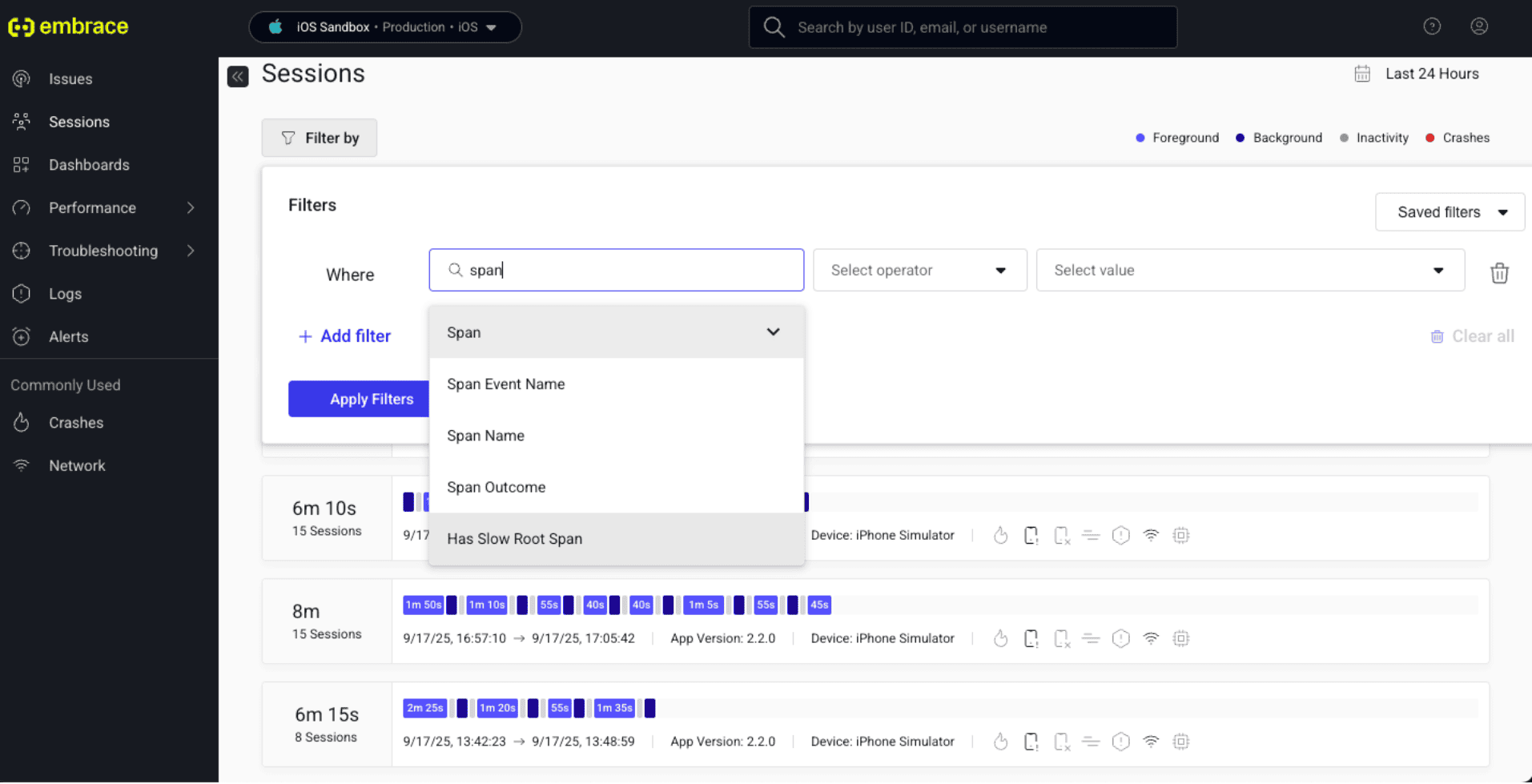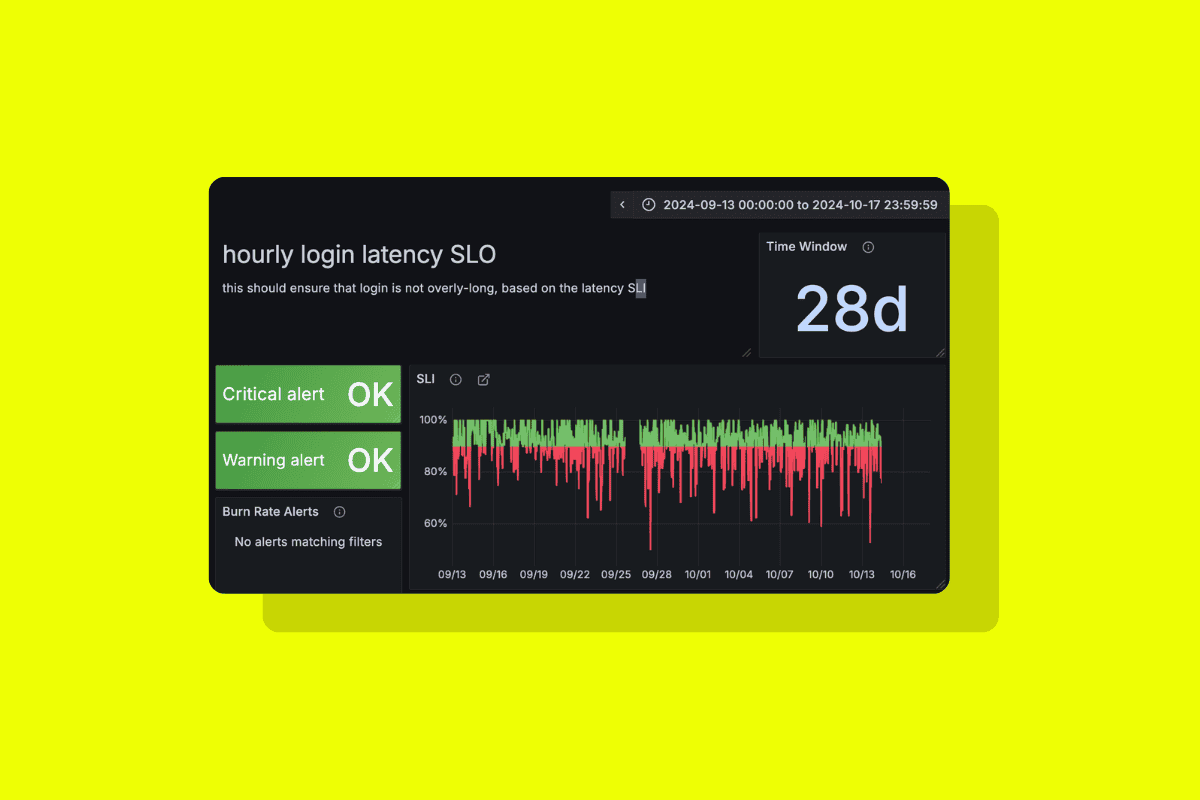
Ever since we introduced our Tracing product, Embrace has provided engineers with a unique, highly-granular solution for tracking all of the frontend tasks happening in their applications. This is done via interconnected spans, which are instrumented in the app’s source code, along with metadata, like attributes and events.
When seamlessly combined with backend solutions via our Network Span Forwarding feature, engineers can view a detailed breakdown of every task and operation executed during a user’s activity across the entire stack.






